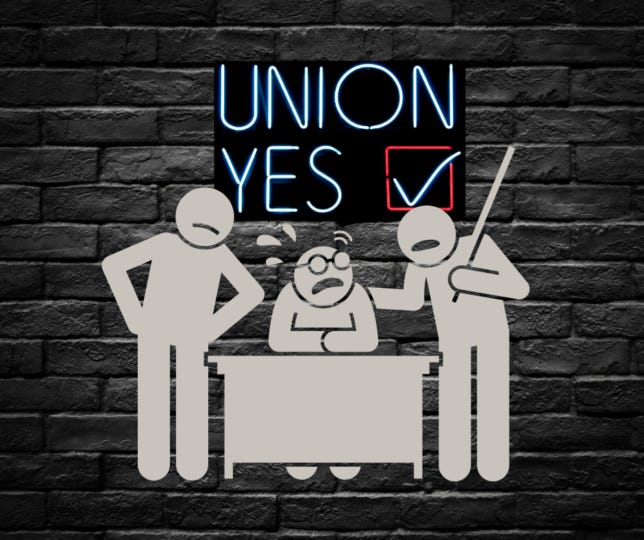A Crackdown On Political Violence That Quietly Worked in the Past...
by Michael Watson, Capital Research Center (excerpt)
Since the horrifying murder of conservative activist Charlie Kirk, allegedly by a man apparently motivated by disjointed left-wing or transgender ideology, and the shooting at a Texas Immigration and Customs Enforcement (ICE) facility, allegedly by a man who marked his cartridge cases with anti-ICE slogans, the nation has been gripped by the problem of politically motivated violence.
But one dog has not barked, and that is organized labor.
Big Labor was once a big source of organized political violence in the United States.
Before the 1980s, violence was a common feature of union activities, with hundreds of incidents documented annually, many involving shootings and even homicides.
Today, such events, while still occasionally alleged or occurring, are much rarer, and often do not rise to the level of public media reports.
The Taft-Hartley Consensus, combined with good old-fashioned gumshoe law enforcement, worked, and teaches lessons for combating broader political violence problems.
In short, expelling malevolent actors from the labor movement using government force and ceasing to treat union violence as “acceptable” or “less culpable” than normal violence brought labor peace.
It should not be surprising that …



